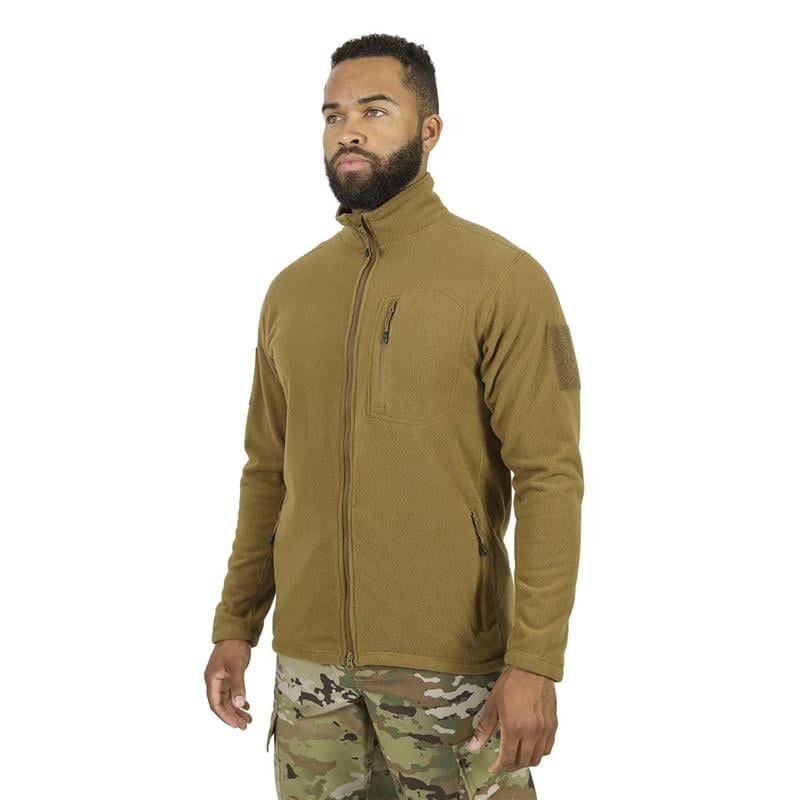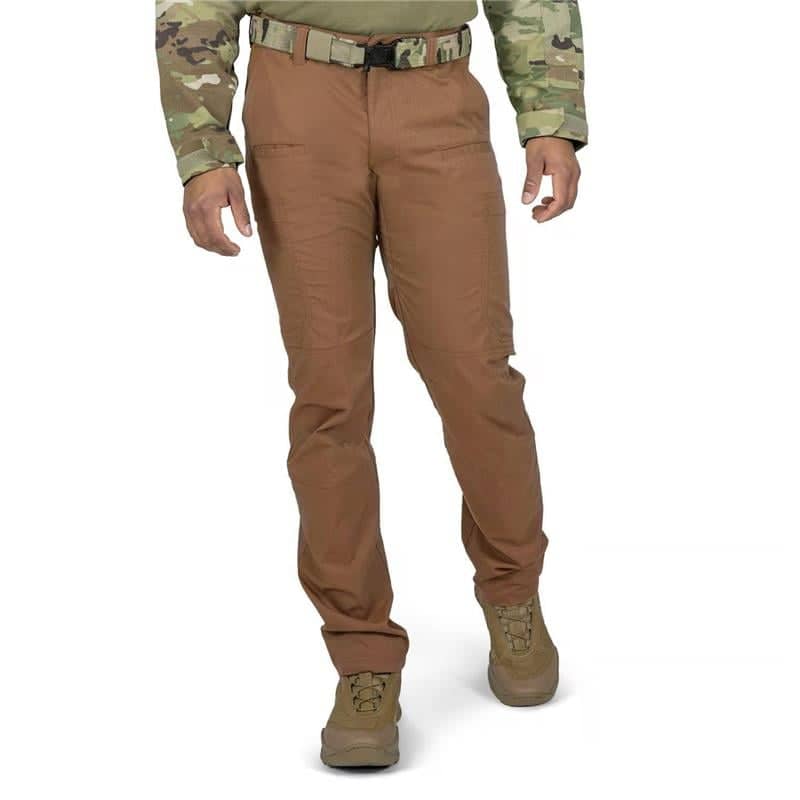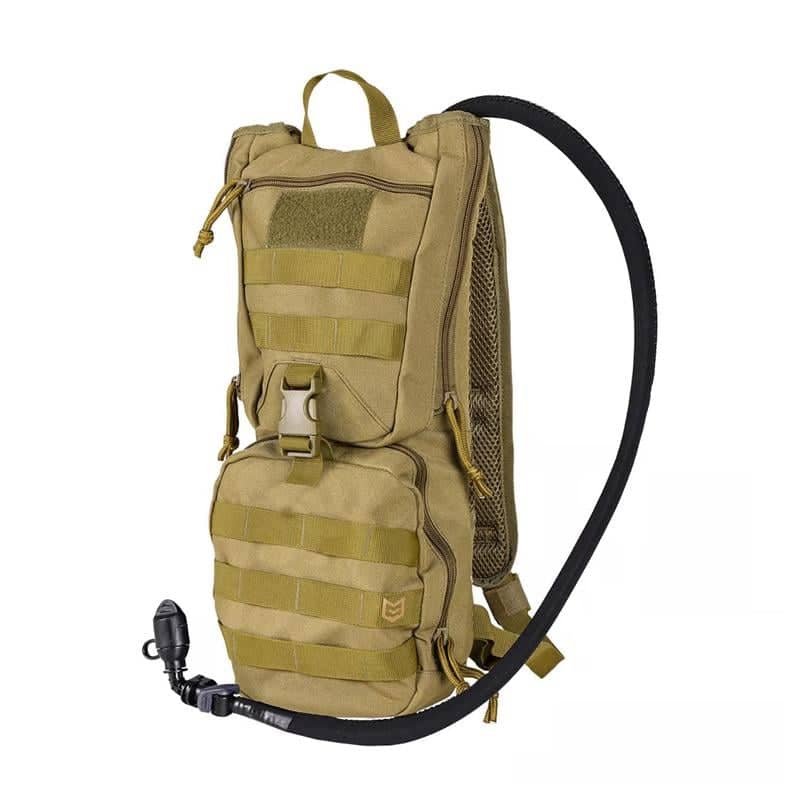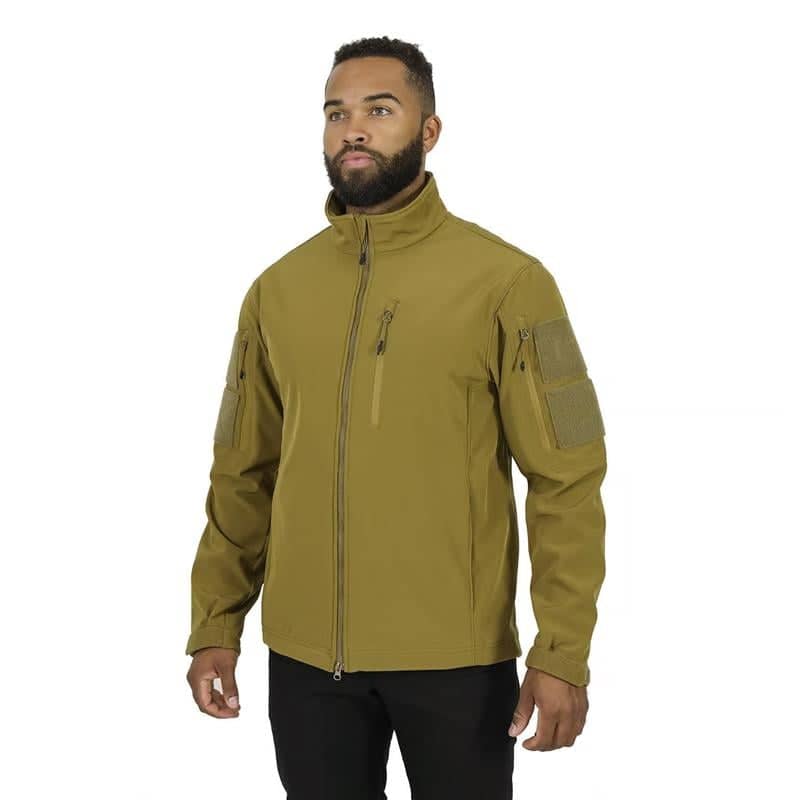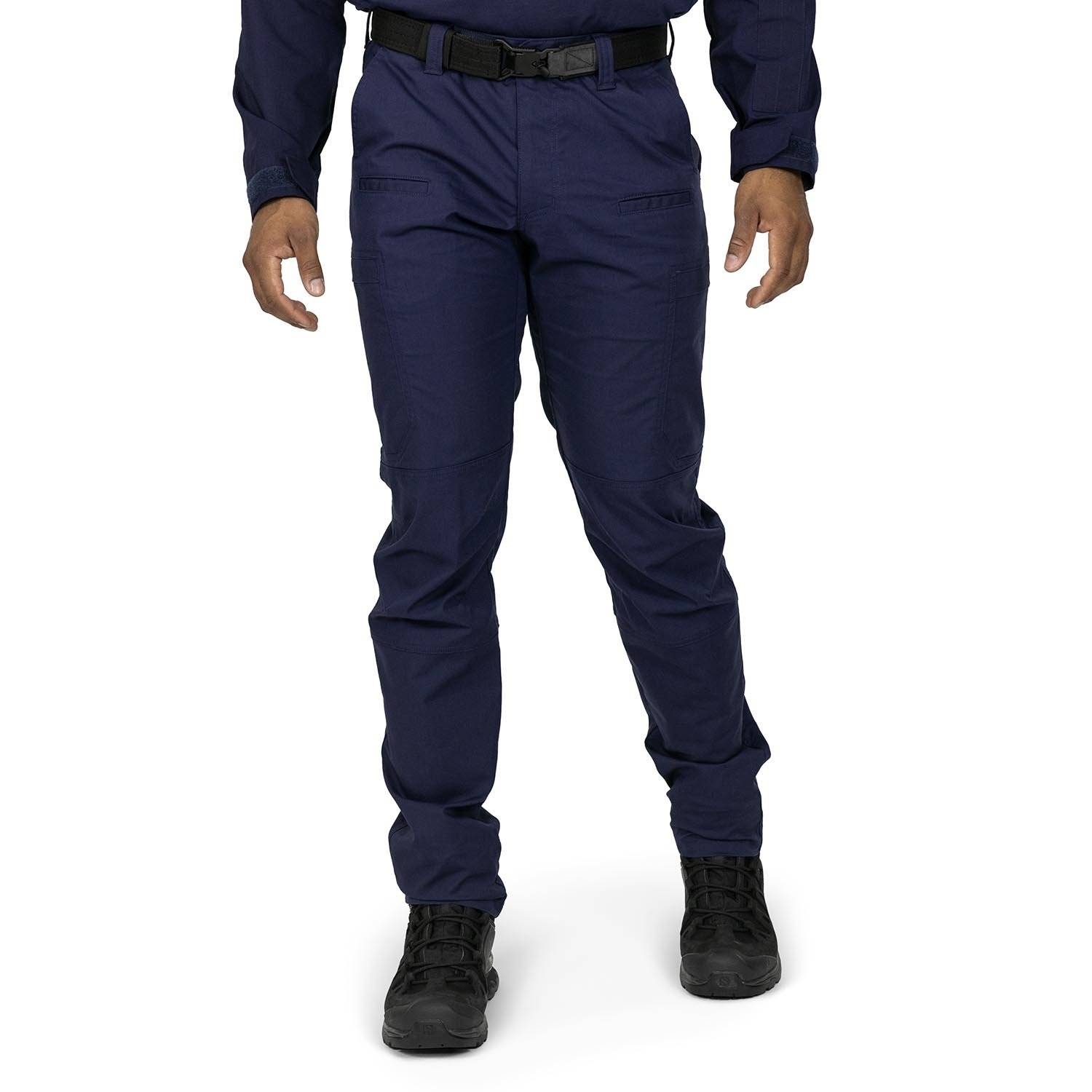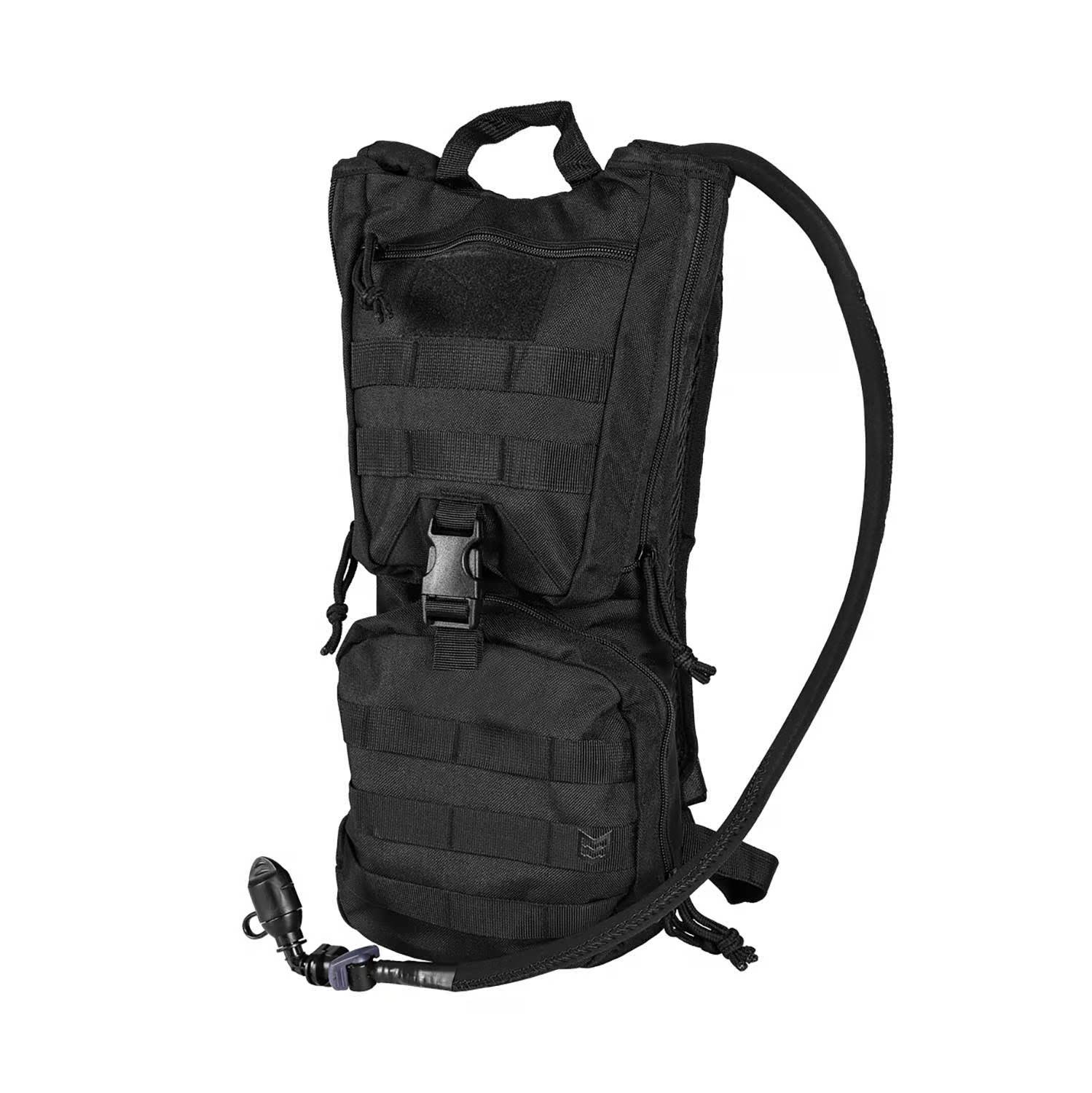RANGER PACKING LIST GUIDE
GUIDE TO THE RANGER PACKING LIST
US Army Rangers are some of the most highly skilled soldiers in the world. Soldiers who wish to join their ranks must know that only the most dedicated recruits have the physical and mental toughness required to earn the legendary Ranger scroll.
In this article, we'll discuss how to become an Army Ranger and answer often-asked questions, such as "How long is Ranger School", "How do I prepare for Ranger School?", "What is RASP?", "How long is RASP?", and more. We've also included all the information new students will need, like the official Ranger School Packing List, as well as tips on how to prepare for this long and arduous journey.
Finally, we've compiled a list of the best of the best Army Ranger school packing list items. You can purchase these directly from the US Patriot website or one of our hundreds of stores worldwide. Our goal for this article is to bring you one step closer to becoming a US Army Ranger!
WHAT IS AN ARMY RANGER?
US Army Rangers are no ordinary soldiers. This elite group of highly trained individuals is the US Army's premier infantry force. As a special operations force, US Army Rangers carry out raids, forcible entry operations, and special reconnaissance missions that often put them face-to-face with enemy combatants.
The skills required to navigate these dangerous situations include exceptional marksmanship, an aptitude for leadership and planning, as well as the ability to operate both within a small group and as part of joint operations, maintain peak physical performance across all environments, etc.
The US Army Ranger pay scale begins with Basic Pay that increases with years of service. Like all soldiers, Rangers also receive full benefits for themselves and their families, as well as allowances for food and housing, bonuses, and tax advantages.
HOW TO BECOME AN ARMY RANGER:
Becoming an Army Ranger is not for the weak or fainthearted! Soldiers who choose to walk this path must excel in prior service, pass a rigorous selection process, perform intense skills training, and undergo a full battery of physical and psychological testing to ensure they have what it takes to get the job done.
Before you charge down any path, it's important to have some idea of where you'll end up. Many candidates are unsure of where to begin, so let's take a moment to discuss the difference between Army Ranger School and the Ranger Assessment and Selection Program (RASP).
ARMY RANGER SCHOOL
Army Ranger School is a 62-day training course with three phases: Fort Benning, Mountain, and Swamp. Each of these phases is designed to train candidates to exhaustion. The Ranger School attrition rate is high, with a 42% pass and a 58% fail rate. Army Ranger School Requirements can be found at GoArmy.com.
The Fort Benning phase of Ranger School has two parts, the first being the Ranger Assessment Phase (RAP). During RAP, candidates complete the Ranger Physical Assessment (RPA, also known as the Ranger PT Test) which includes 49 pushups, 59 sit-ups, a 5-mile run in under 40 minutes, and 6 chin-ups. After completion of RPA, RAP week continues with the Combat Water Survival Assessment, the Soldier Skills test, the Malvesti Confidence Course, and ends with the infamous 12-mile foot march. More than 50% of candidates wash out of Ranger School during RAP week.
In the Darby phase, Ranger students will learn vital procedures, such as troop leading, patrol, field craft, demolition, and battle drills. Airborne-qualified students perform a parachute drill, then all students complete the mile-long Darby Queen Obstacle course, and both conduct graded and non-graded patrols. Successful completion of the Darby phase requires students to learn to plan/prepare for, resource, and execute combat patrol as a squad or team leader.
The Mountain phase of the Ranger course takes place in Dahlonega, GA. Here, students are subjected to intensely stressful challenges, including difficult terrain, severe weather, hunger, and mental/physical fatigue. Attending Rangers are evaluated on their ability to climb and rappel, as well as maintain and move equipment. Students also learn to perform day and night combat patrols, including Air Assault Operations, ambushes/raids, river crossings, and more.
The final Swamp phase takes place at Eglin Air Force Base in Florida, where students conduct small boat movements, stream crossings, and waterborne operations. In this phase, students are evaluated on their performance in challenging field exercises against a hybrid threat-based opposing force. Upon completion of this phase, students return to Fort Benning, GA where they graduate from Ranger School and receive the Ranger Tab.
RANGER ASSESSMENT AND SELECTION (RASP):
Though earning the Ranger Tab is no small achievement, only soldiers who complete the Ranger Assessment and Selection Program (RASP) can wear the tan Beret of the 75th Ranger Regiment. The 75th Regiment is an elite Tier 1 force that plans and conducts Army and joint special operations in support of US objectives. The goals of the 75th are aligned with the Big 5 philosophy: physical training, marksmanship, medical training, small unit tactics, and mobility. There are two distinct Ranger Assessment and Selection courses, called RASP 1 and RASP 2.
RASP 1 is an 8-week course for new enlisted soldiers and junior non-commissioned officers (JNCOs) that takes place in two phases. Phase 1 is designed to test the physical and mental toughness of students while teaching the fundamental skills all Rangers need, such as ruck marching, leadership, land navigation, and weapons training. In phase 2, students become expert marksmen and learn breaching, tactical driving, and Ranger history.
RASP 2 is a 21-day course designed for senior non-commissioned officers (SNCOs), officers, and warrant officers. Throughout this course, students will be evaluated on their physical and mental fitness and learn the 75th's techniques and procedures (TTPs) and special tactics. RASP 2 also includes intelligence and psychological testing, the Ranger Physical Fitness Test, and a comprehensive review.
Successful completion of RASP 1 or 2 earns a candidate the scroll of their assigned battalion and the honor of wearing the tan beret of the 75th Ranger Regiment.
WHAT TO BRING TO RANGER SCHOOL:
The Ranger School Packing List includes everything a student will need to succeed in Ranger School. Missing critical/mandatory items or inclusion of unauthorized items will be grounds for immediate dismissal.
WHERE TO BUY ARMY RANGER GEAR:
As one of the nation's largest and most trusted military retailers, US Patriot delivers high-quality Army Ranger Gear at a price you can afford. We've cut through the chatter and compiled a short list of the best Army uniforms, authorized boots, and accessories that will help bring you one step closer to realizing your goals. Keep reading to learn more!















